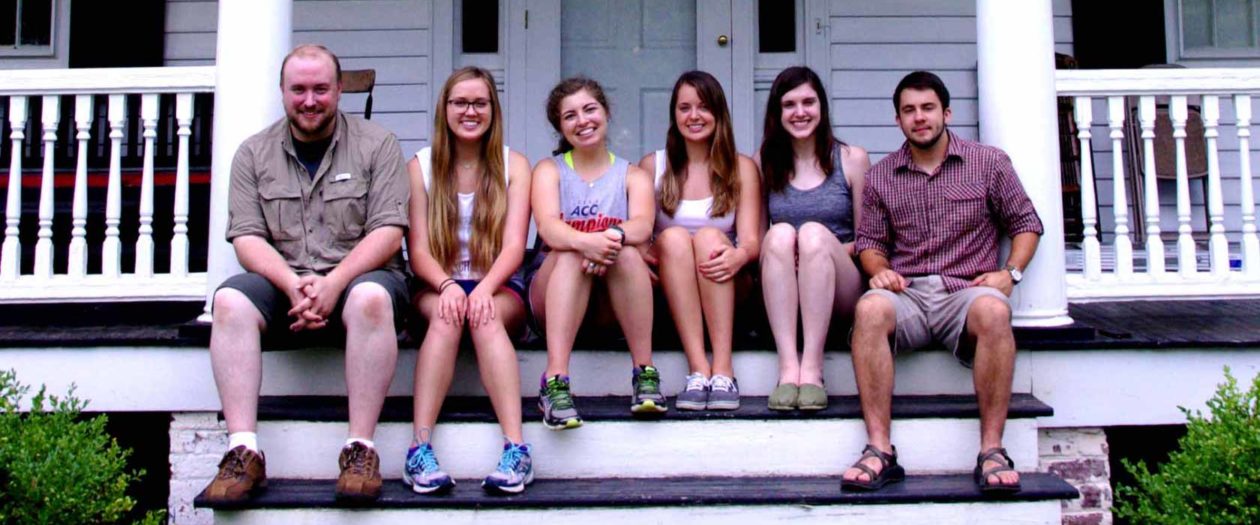Restoration Blog
Field School Records Another Property
This year marked the 25th anniversary of the Restoration Field School. Begun in 1990, this program is a hand-picked group of no more than 10 people from around the country who are interested in all the many things associated with a museum quality restoration. Historic House museums are the most common type of historical education experienced by the public and the most numerous type of museum.
Yet there are many facets to a site, not the least an authenticity that serves as a “portal” to another time, place, person, or event. How do you know which features are original or which ones to restore? Architectural investigation is critical in this regard. As a component of the intensive two-week program, the Restoration Field School investigates an historic property in the Lynchburg area. This is not only a useful hands-on learning experience, but a way to record structures that might be endangered or never recorded. The team of participants, a mix of students and professionals, spends no more than two days recording a building, paying particular attention to how to date the evolution of change over time. By the end of the second week, the group has compiled their data into a draft report that is then edited, printed, and shared with the participants, the owner, and the state’s Department of Historic Resources.
Over 25 years the list of recorded buildings adds up! The site this year was Merrywood, not more than 1 mile from Poplar Forest. This late eighteenth-century house had an addition by 1805, a larger one in the 1830s, another in the late nineteenth-century, and even more in the twentieth-century. Sorting these eras out by their features and construction technology was all part of the fun detective work. This year the participants came from Virginia, North Carolina, Alabama, and Georgia. Check-out the Poplar Forest website for more information if you are interested in attending the program. This year three tuition scholarships were offered.
